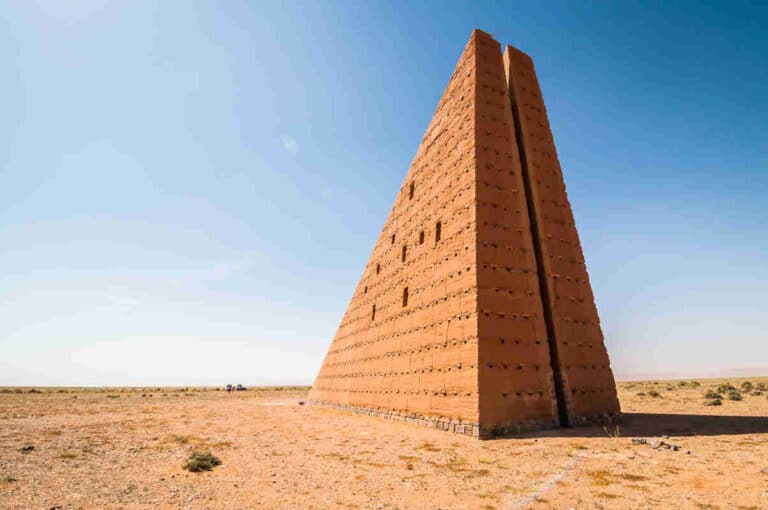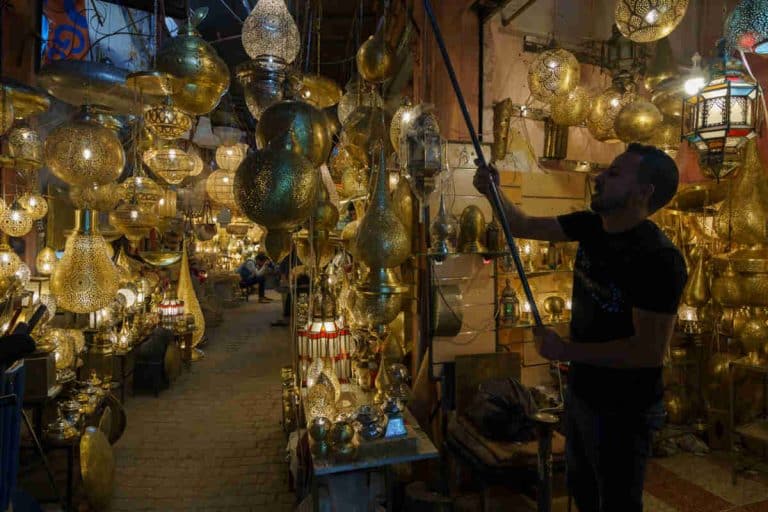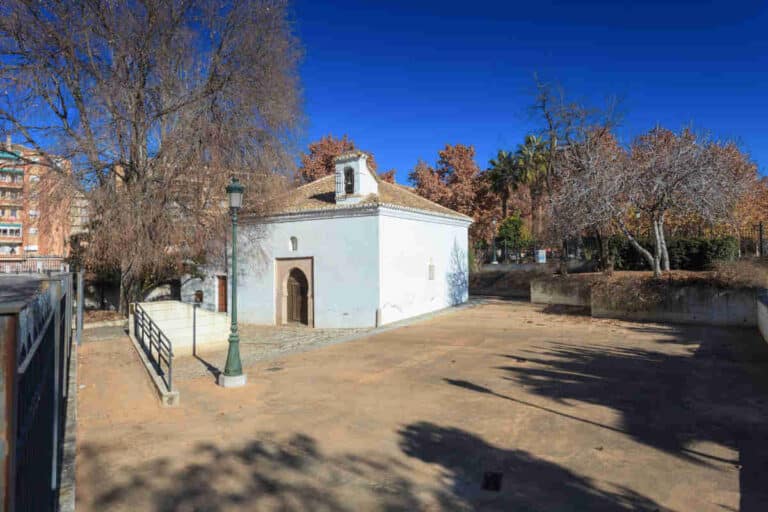Al Hoceima National Park is one of the most beautiful places in northern Morocco and, at the same time, one of the most unknown to international travelers. Here are five reasons (of the many) to visit it, something you could do if you find a free day on your tour of the Rif or the Moroccan Mediterranean.
A Destination Still Quite Unknown
In this world where people are traveling more and more and the great destinations are increasingly crowded with tourists, the relative obscurity of Al Hoceima National Park is a reason in itself. Although its coastal area is usually very busy with Moroccans themselves in high season (the summer season), the truth is that the rest of the year is much quieter. And in the interior areas of the park, its wide natural spaces guarantee calm, in an environment full of native vegetation.
Biodiversity in Flora and Fauna
The aforementioned vegetation is another reason to visit Al Hoceima National Park. It is true that the size and density of its trees are not as impressive as in other natural parks, for example the Cedar Forest in the Middle Atlas. But there is an interesting biodiversity and, above all, very characteristic native tree species, such as the araar or African cypress (Tetraclinis articulata) or the white pine, accompanied by other typically Mediterranean shrubs, such as the lentisk. As far as fauna is concerned, its great attraction is the birds, as many species have a mandatory stop in this park on their migratory routes, such as the osprey or Audouin’s gull. In the maritime domain, the luckiest could spot monk seals or striped dolphins.
Mediterranean Coast in its Purest Form
The relatively irregular orography of the coast of Al Hoceima National Park means that its coastline has a typically Mediterranean appearance, with small sandy areas and a predominance of coves between rocky cliffs and crags a short distance from the coast. Some of the most beautiful and unique corners have been conquered by man since time immemorial, establishing small fishing settlements in certain cases, as is the case with Cala Iris. Another place to admire the coastal beauty of the park and, why not, take a dip is Torres de Alcalá.
Evoke Contemporary History
As can be deduced from the names mentioned above, in Spanish, this entire place is closely related to the period of the Spanish Protectorate of Morocco, from the first half of the 20th century. And also with other conflicts between both countries in the 19th century, from which derive the places called “ places of sovereignty”: they are crags, islands, rocky outcrops and other features that remain under the Spanish flag, despite being in the middle of the African coast. This is the case of the Peñón de Vélez de la Gomera, very close to Cala Iris and halfway between the autonomous cities of Ceuta and Melilla. Touring this place can be an interesting way to learn more about what happened and what remains of that intense historical period.
Berber Ethnography
In the area of Al Hoceima National Park and its surroundings, characteristic elements of the Berber or Amazigh culture, which has inhabited the area since time immemorial, are still preserved. An intangible example is the survival of the Rifian, one of the variants of the Berber language. But others of a material nature, preserved in situ, are those related to agriculture, such as the haystacks that continue to be piled on the cereal fields or the donkeys parked in many localities, for still being used as a means of transport or aid in agricultural work.




